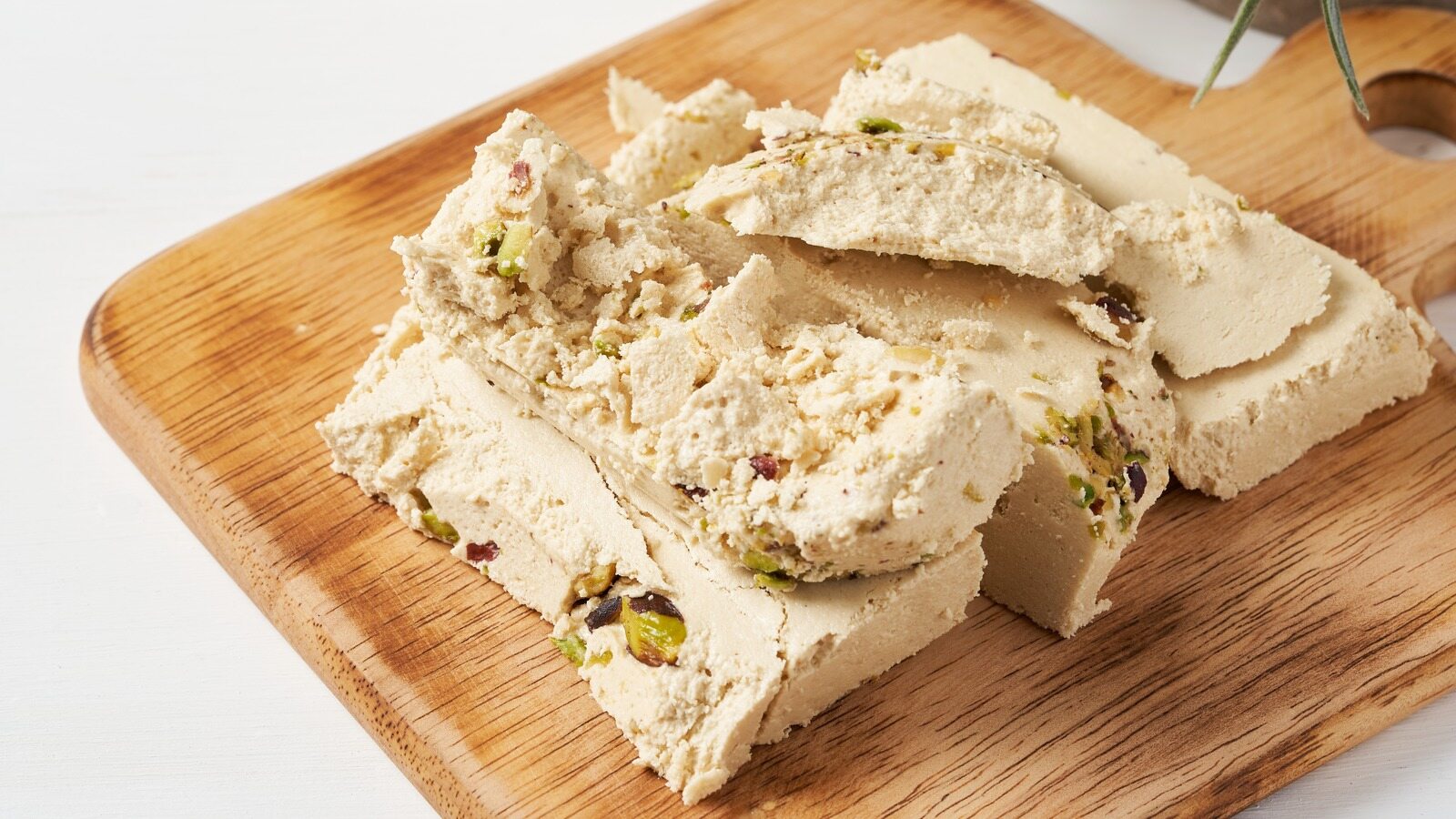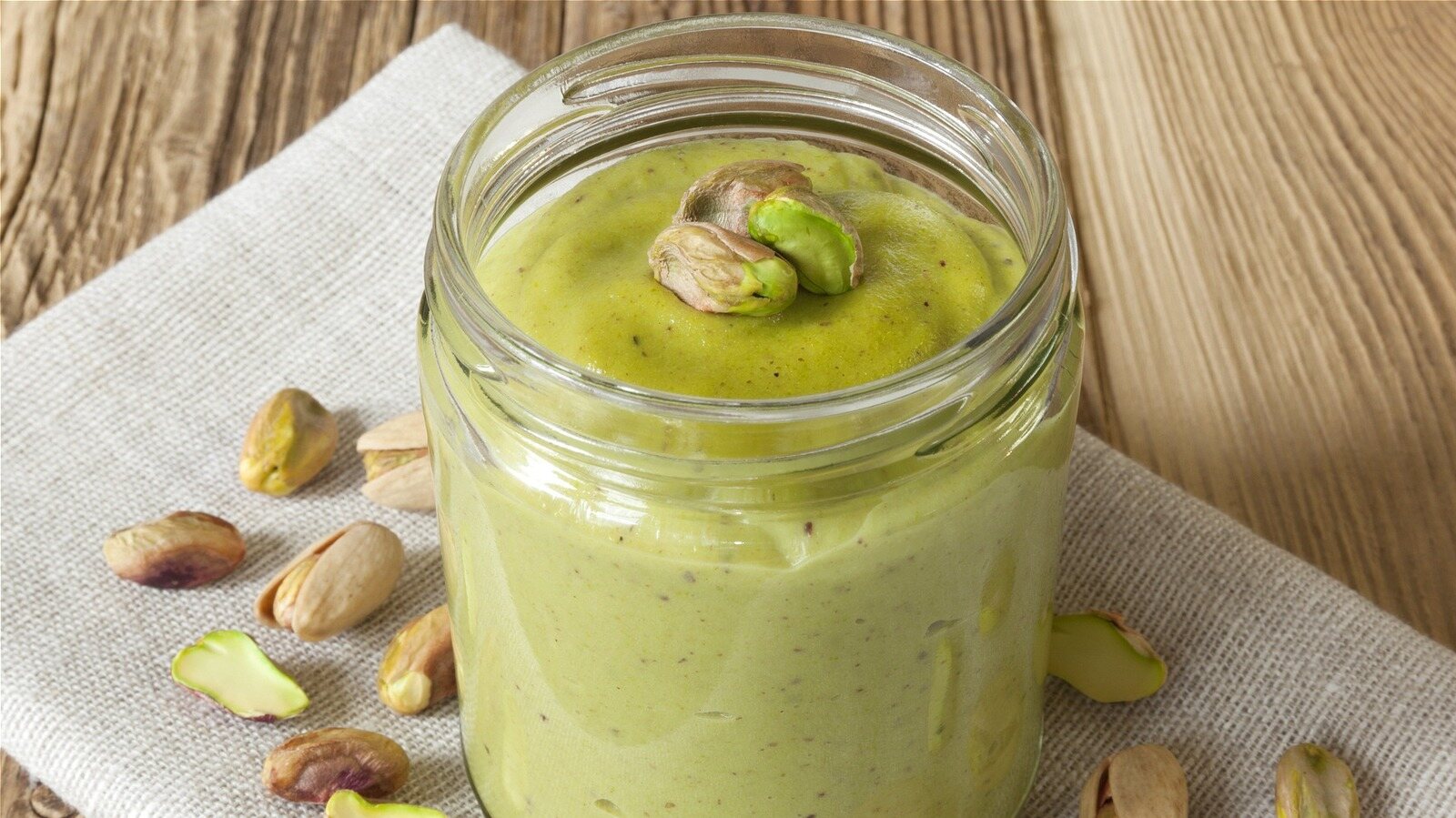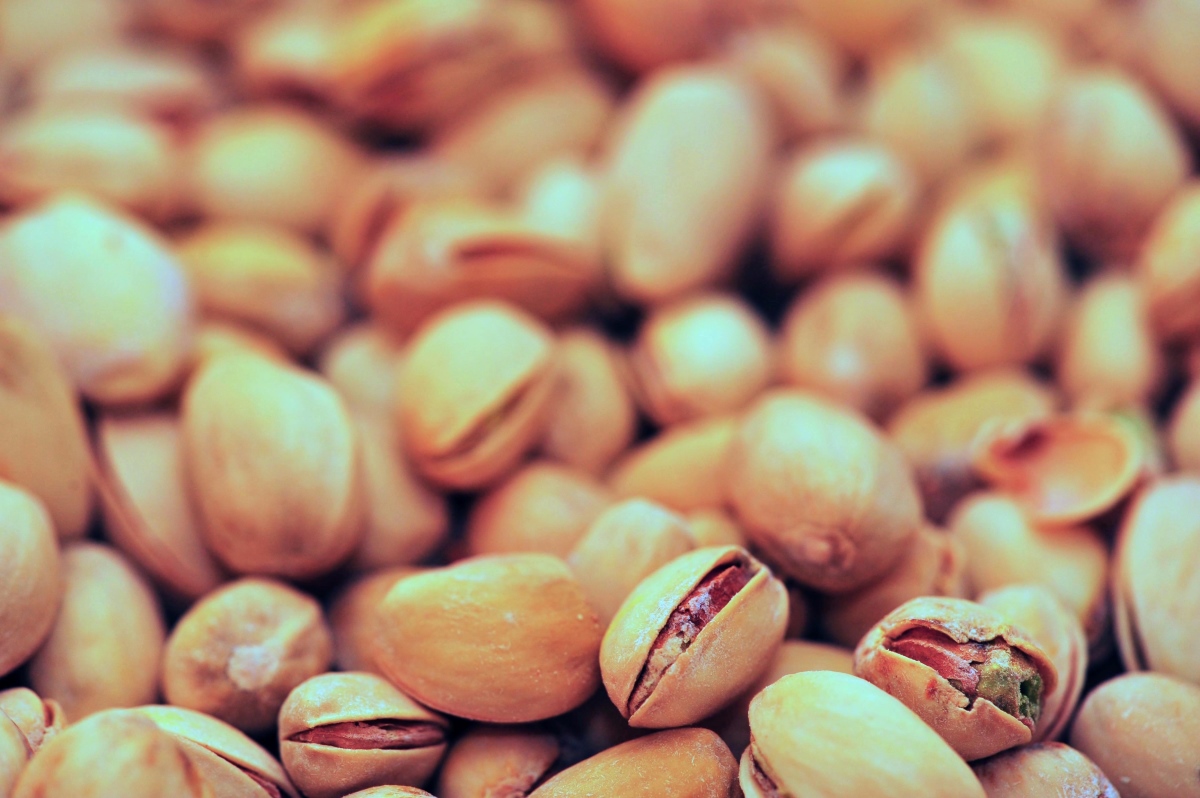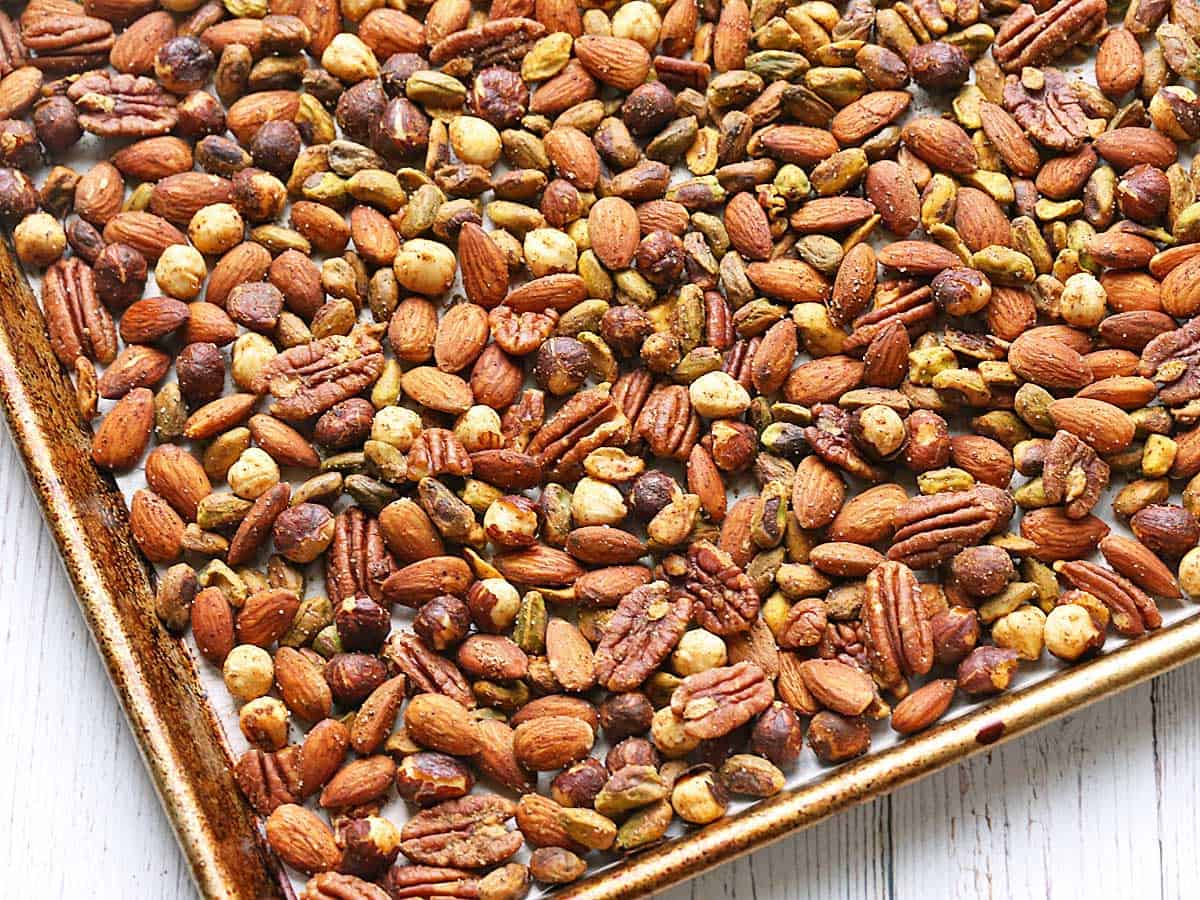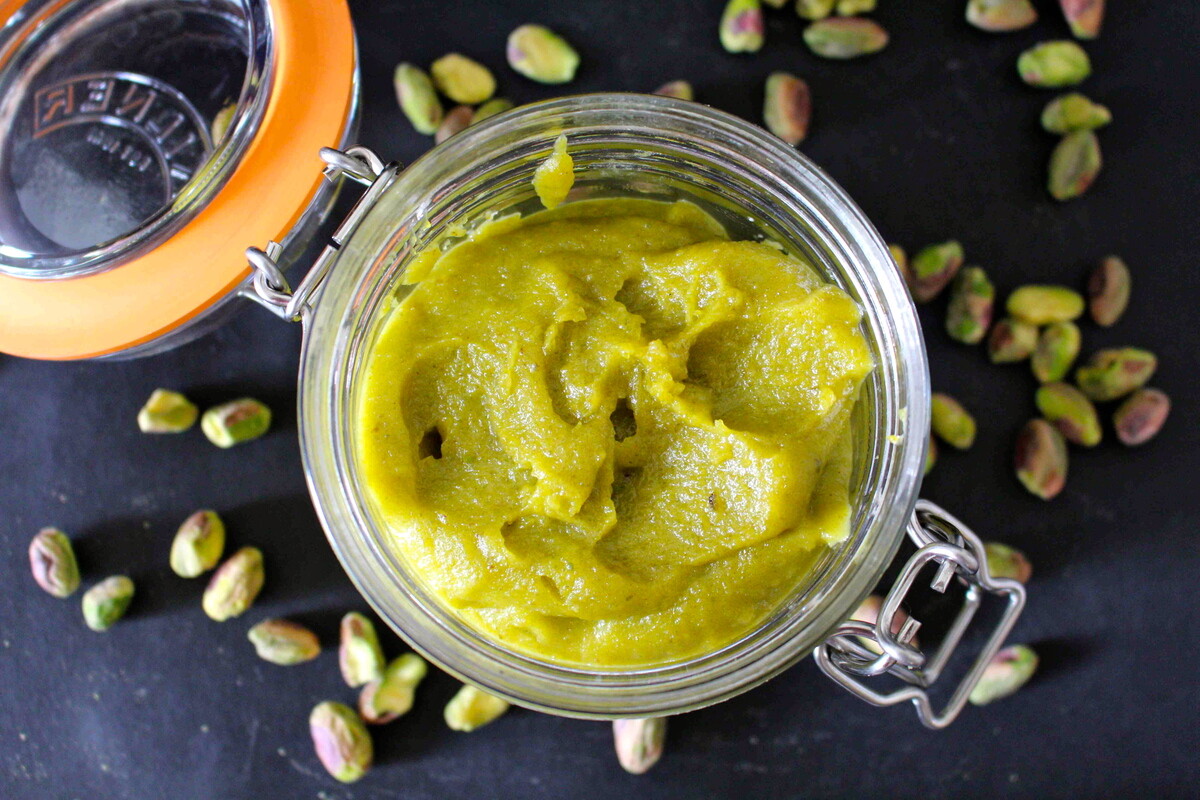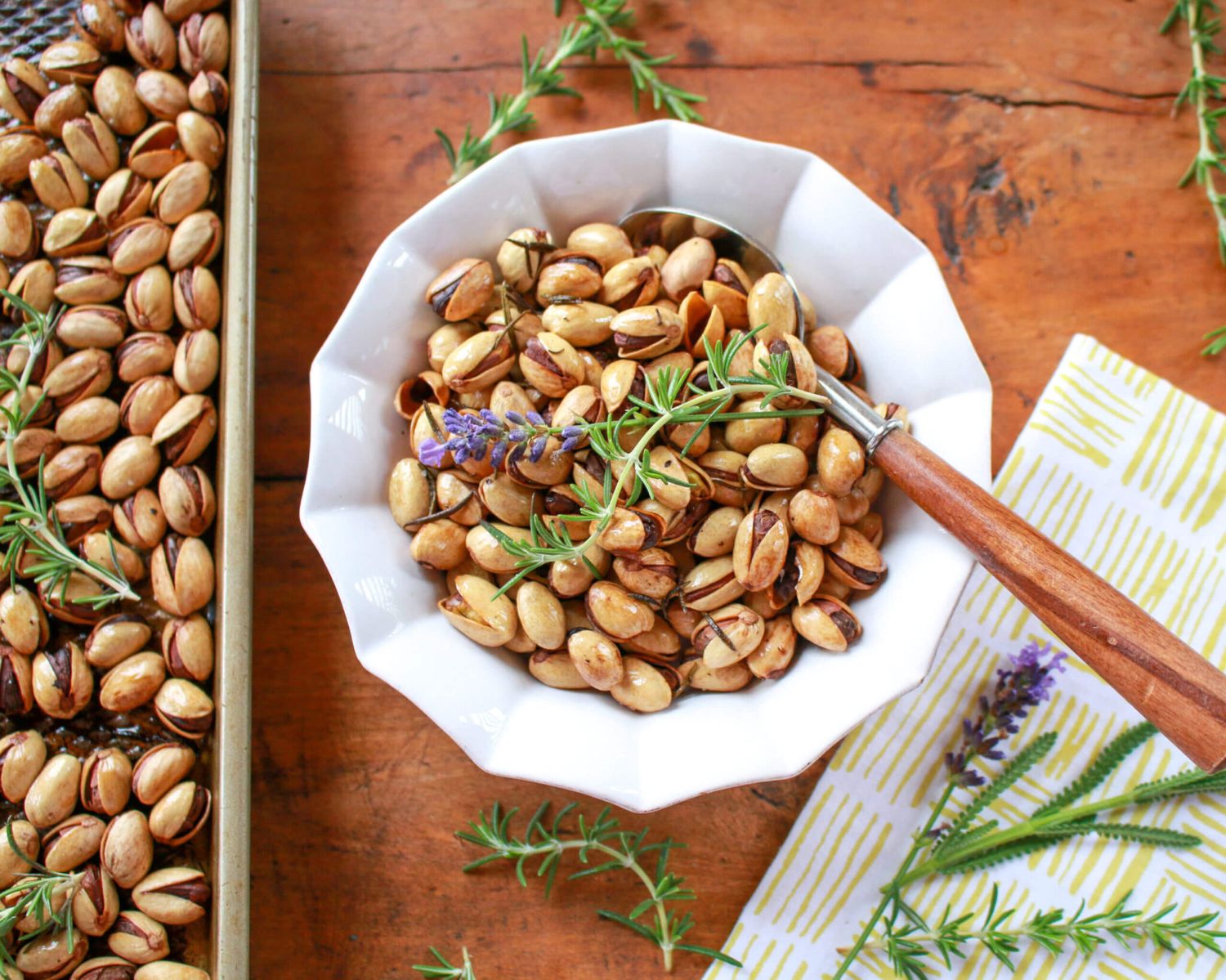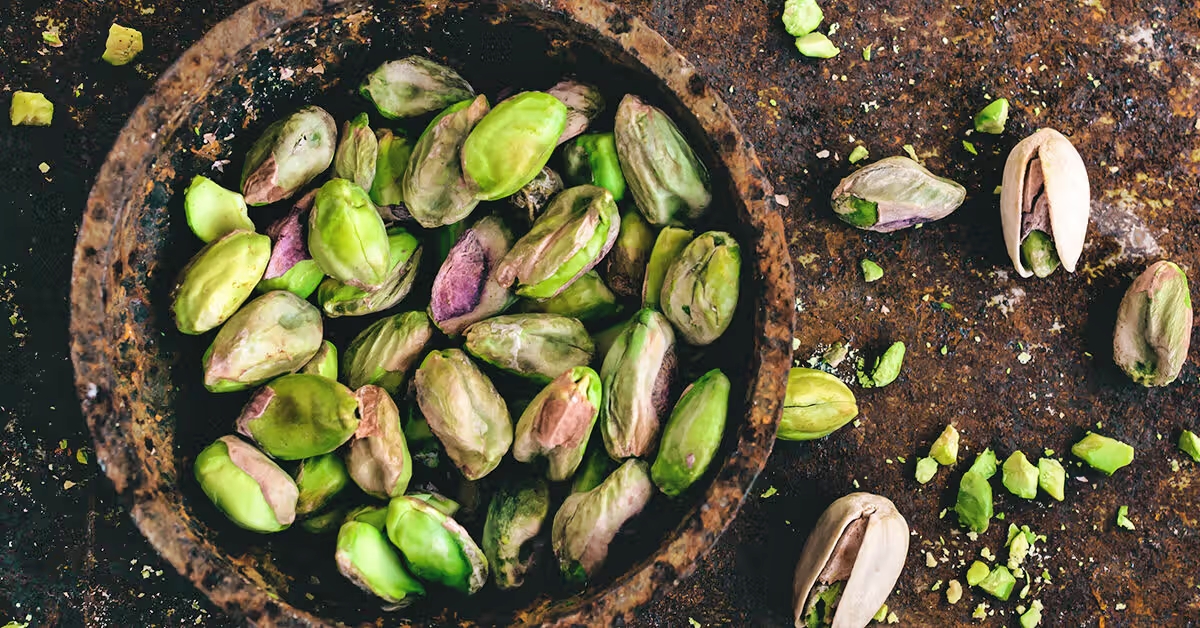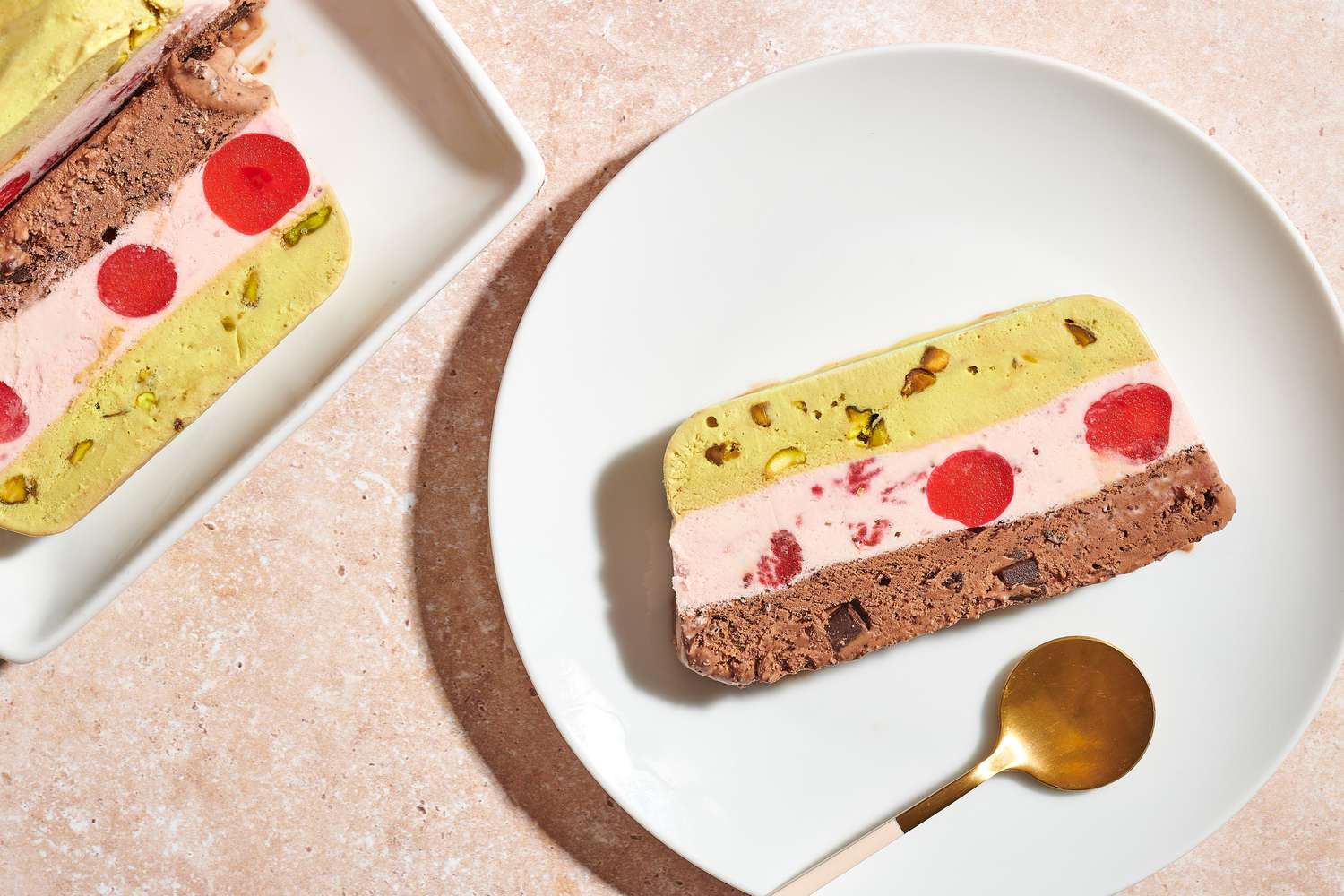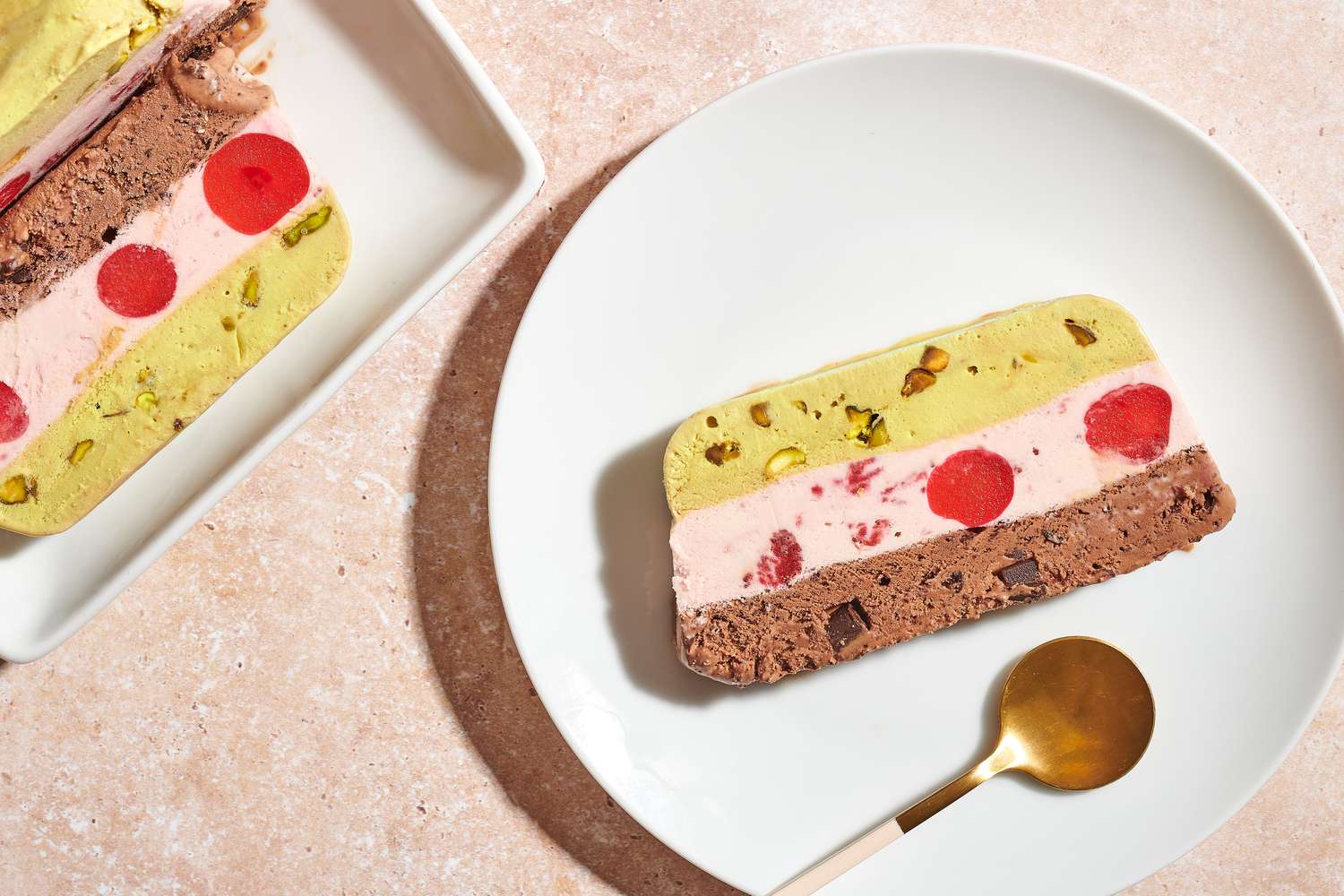Cracking Open the Secret to Enjoying Pistachios
Are you a fan of snacking on nuts? If so, you’ve probably encountered the delicious and nutritious pistachio. These small green nuts are not only tasty but also packed with essential nutrients. However, if you’re unsure how to eat a pistachio, don’t worry – we’ve got you covered. In this guide, we’ll walk you through the process of enjoying these delightful nuts to the fullest.
Step 1: Selecting the Perfect Pistachios
Before you can enjoy the deliciousness of pistachios, you need to start with the right ones. When selecting pistachios, look for nuts that are plump, have a slightly open shell, and are a vibrant green color. Avoid pistachios with closed shells, as they may not be fully ripe.
Step 2: Cracking Open the Shell
Once you have your pistachios, it’s time to crack open the shells. This can be done using your fingers or a nutcracker. Gently apply pressure to the shell until it cracks open, revealing the tasty nut inside. Be careful not to apply too much pressure, as you don’t want to crush the nut inside.
Step 3: Removing the Nut
After cracking the shell, you’ll need to remove the pistachio nut. Simply use your fingers to pry the nut out of the shell. If you’re dealing with stubborn shells, a small utensil like a butter knife can be used to help coax the nut out.
Step 4: Enjoying the Pistachio
Now that you have your pistachio nut, it’s time to savor the flavor. Pistachios can be enjoyed on their own as a quick and convenient snack. You can also incorporate them into your favorite recipes, such as salads, desserts, or as a crunchy topping for yogurt or oatmeal.
Health Benefits of Pistachios
Aside from their delicious taste, pistachios offer a range of health benefits. These nuts are an excellent source of protein, fiber, and healthy fats. They also contain essential nutrients such as vitamin B6, thiamine, and potassium. Incorporating pistachios into your diet can help support heart health, aid in weight management, and provide a boost of energy.
Final Thoughts
Learning how to eat a pistachio is a simple yet rewarding experience. By following these steps, you can enjoy the delightful flavor and numerous health benefits that pistachios have to offer. So, the next time you reach for a handful of these green gems, you’ll know exactly how to crack open the secret to enjoying pistachios.
Now that you’ve mastered the art of eating pistachios, it’s time to indulge in these nutritious and delicious nuts. Whether you enjoy them as a standalone snack or incorporate them into your favorite recipes, pistachios are a versatile and satisfying addition to any diet.
